Californian state of mind: why British designers Tom Dixon and Lee Broom are heading to the West Coast
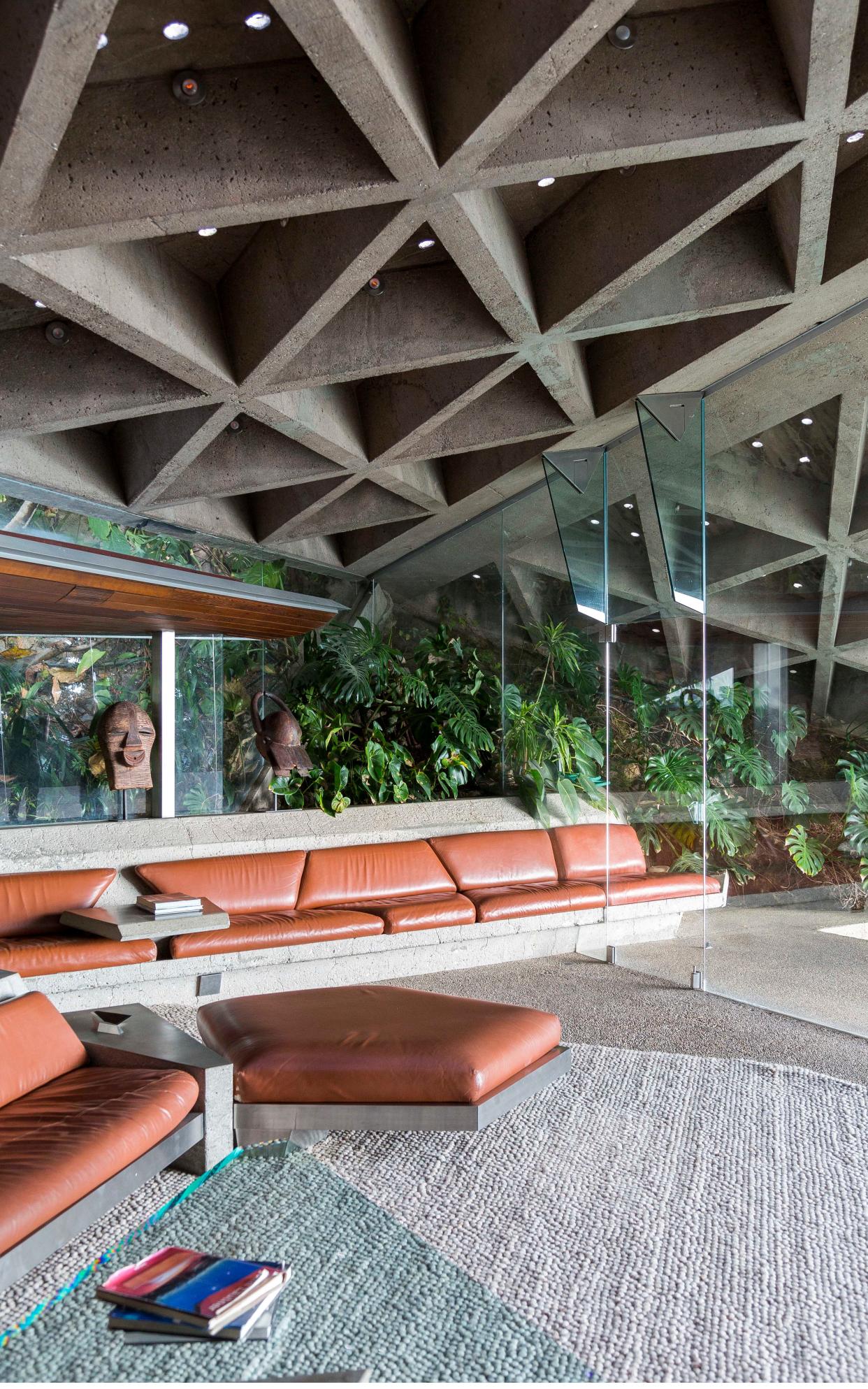
The Brits may have successfully infiltrated the Hollywood film and television industry, but they’ve also got their sights set on the design scene. Leading British designer Tom Dixon opened his LA showroom in Culver City earlier this year, and a nearby interior design office is in the works. Next spring, Shoreditch-based designer Lee Broom – who is already stocked in the Beverly Boulevard store Twentieth – follows suit with a concession in both Santa Barbara’s Garde and A+R Store in the Row development of Downtown LA.
And British design pioneer Martyn Lawrence Bullard, the Lewisham-born Hollywood-decorator-to-the-stars, opened a showroom on Melrose Avenue in May –a gold-ceilinged glam-fest of Murano-glass chandeliers, outré patterns and 1960s- and 1970s-inspired furniture. One of the world’s leading interior designers, he has created Hollywood homes for A-listers including Sigourney Weaver, Christina Aguilera and Cher.
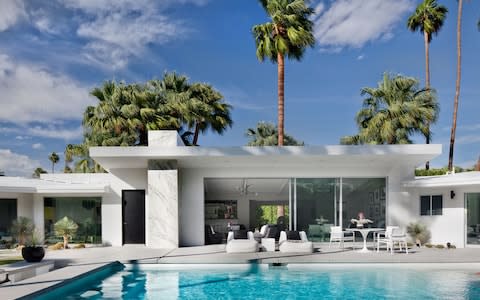
Despite moving in such stellar circles, Lawrence Bullard still loves discovering idiosyncratic California designs at LA’s flea markets, particularly the Rose Bowl (the second Sunday of every month) and Santa Monica Airport (first and fourth Sundays). “The Rose Bowl is enormous: you can buy everything from a crazy 1950s sewing machine to a Picasso drawing – it’s utterly wild and there’s an abundance of American design to be found,” he says.
Both Lawrence Bullard and Broom are captivated by Californian mid-century modernism. Initially fond of Hollywood Regency, Lawrence Bullard nurtured a love for the cleaner lines of modernism while working with the late Vidal Sassoon on his LA home, the 1959 Singleton House by John Neutra (now owned by François Pinault), and is now the proud owner of a 1963 James McNaughton house in Palm Springs, which he calls “a mid-century modern lover’s utopia”.
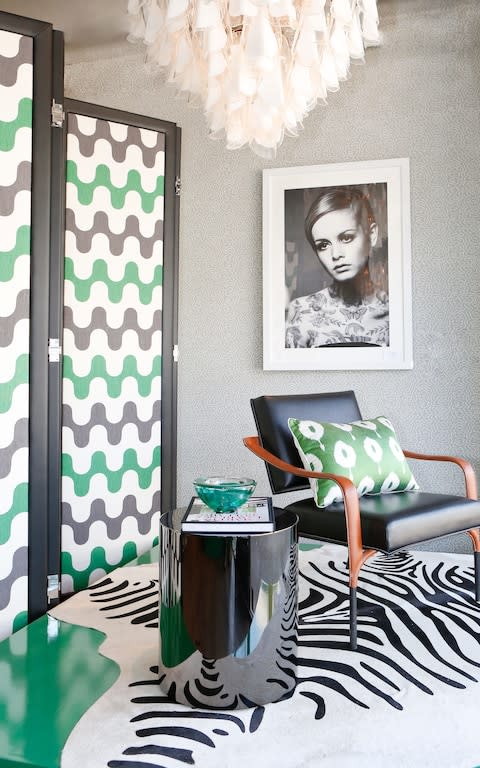
He is incorporating those influences into his latest project,the Four Seasons Residences in Beverly Hills, by utilising book matched stone– terrazzo (“the ultimate Californian material of that period”), travertine, veined marbles – paired with Plexiglas and industrial lighting in burnished bronze and chrome. “It’s only when you start studying the Californian movement that you realise how it influenced the whole world,” he adds.
Broom grew up fantasising about living in “those sprawling houses built on clifftops”. His favourite is Lautner’s iconic 1963 Sheats-Goldstein Residence, the house from The Big Lebowski. The current owner has promised to bequeath it to Los Angeles County Museum of Art, and limited public tours are now available. “I can’t believe how things built then still look incredible now,” says Broom. “It’s the amazing vistas and the materials of the cliff coming into the space as well. It’s organic but modernist and brutalist at the same time.”
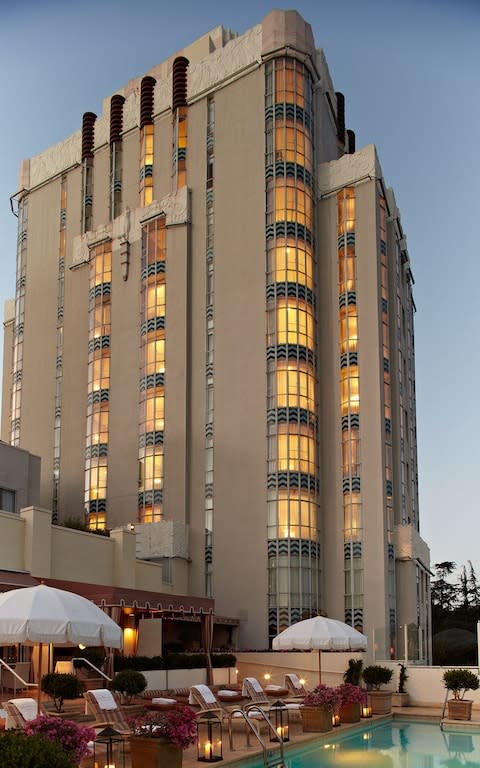
Lawrence Bullard recommends design lovers visit LA’s art deco classic the Tower Bar in the legendary Sunset Tower Hotel, where past residents include John Wayne and Madonna. “It’s beautiful, luxe and super chic, with walnut timber panelling inlaid with brass and streamlined leather sofas. There isn’t a night where you don’t glimpse the likes of Brad Pitt or George Clooney.” Broom meanwhile is impressed by the speakeasy theatricality of No Vacancy, a glamorous bar that masquerades – rather too convincingly on arrival – as a brothel.
For Tom Dixon, California is less about the concrete reality of mid-century-modern architecture and more about the freewheeling counter-cultural explosion of the 1960s. It’s not about aesthetics, but a state of mind. “I read Tom Wolfe’s Electric Kool-Aid Acid Test and his description of the liberation of creation through LSD was really inspirational. That was pre-design when I was exploring music, but it coloured my view on what’s possible in the iconoclastic do-it-yourself kind of way.”
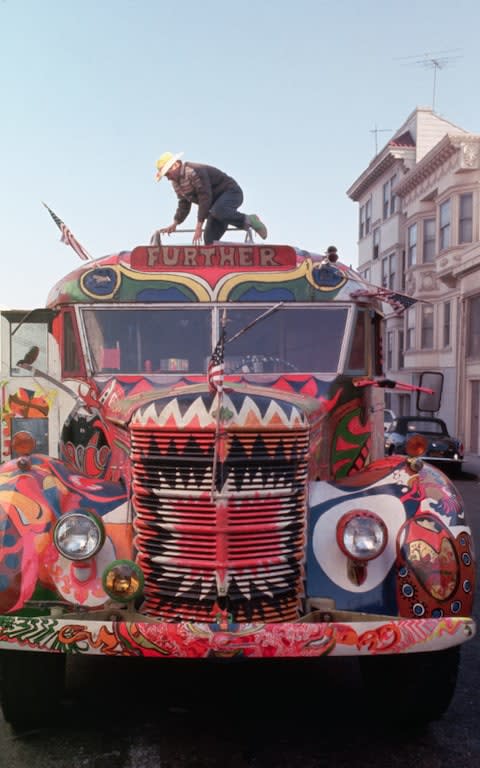
The self-taught designer has gone on to become one of the world’s biggest homeware brands, selling in 68 countries, and he retains that anti-establishment attitude today, orchestrating design “happenings and events” rather than following a conventional path. He highlights San Francisco’s The Beat Museum as a must-visit place.
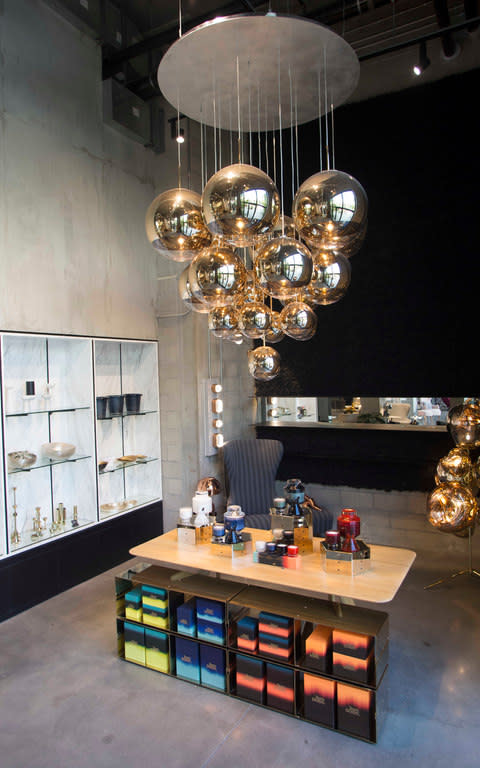
Without exception, all three British designers rate the state’s art museums, from the Museum of Contemporary Art to the relatively new The Broad . Dixon also loves seeing James Turrell’s work in California, such as at the de Young Museum in San Francisco. “For a long time, California was seen as a place for getting away from it all,” concludes Dixon, “but that’s shifted massively and the burgeoning art, food and music scene are all supplementing the design GE and architecture. That’s why we’re heading west.”

